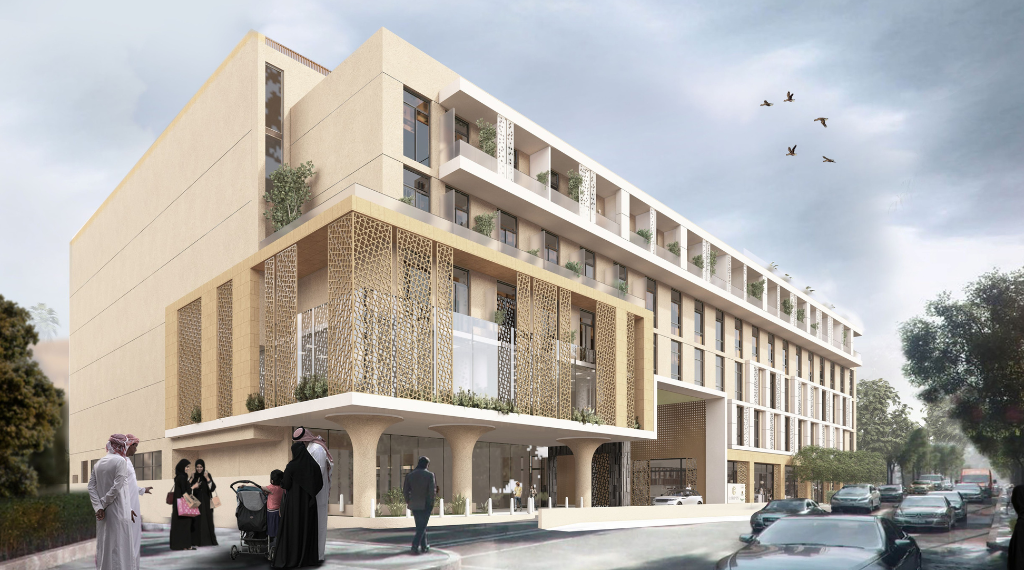RIYADH, SAUDI ARABIA – The global hospitality map is being redrawn, with Saudi Arabia at its epicentre. In a dramatic show of confidence in the Kingdom’s Vision 2030 economic diversification plan, the international hotel giant Hilton has announced it has surpassed the milestone of 100 hotels either trading or under active development across the country.
This unprecedented growth represents a colossal combined owner and investor commitment of approximately USD $8 billion into Hilton’s growing portfolio. The investment confirms Saudi Arabia’s emergence as the world’s most dynamic market for large-scale tourism infrastructure, moving far beyond its traditional reliance on pilgrimage travel. Hilton’s commitment solidifies its pivotal role in the Kingdom’s strategy to become a top-tier global travel destination.
The Scale of Transformation: Breaking Down the $8 Billion Bet
The sheer scale of Hilton’s expansion is staggering and acts as a financial barometer for the Kingdom’s tourism ambition. The 100-plus properties – a mix of operational hotels and those in the pipeline – are set to introduce more than 22,000 new rooms to the hospitality landscape. This inventory is critical to accommodating the projected influx of visitors as the country races toward its goal of attracting 150 million annual visitors by 2030.
The investment is not merely an expansion of real estate; it is a major employment initiative. The development pipeline is expected to generate over 15,000 jobs, with a specific mandate to fill at least half of these positions with Saudi nationals. This commitment directly supports Vision 2030’s human capability development programme, transferring essential hospitality skills and empowering the local workforce.
Portfolio Diversification: Luxury, Lifestyle, and Regional Reach
Hilton’s strategy is notable for its multi-brand rollout, spanning 14 of its global brands. This diversification signals a sophisticated approach to targeting various traveller segments, from high-net-worth leisure guests to the modern business traveller and even the premium economy segment.
At the top end, Hilton is significantly strengthening its luxury portfolio with projects like Conrad Riyadh Laysen Valley, slated to open in 2026, and the upcoming Waldorf Astoria developments in culturally rich areas like Diriyah Gate and the holy city of Madinah. These brands cater to the high-end traveller, a segment the Kingdom is prioritising heavily.
The expansion also introduces new lifestyle and economy concepts to the Middle East and Africa region. The Tempo by Hilton brand, designed for ambitious, modern travellers, will debut with the Tempo by Hilton Riyadh Al Narjis in 2029. Furthermore, the introduction of the premium economy brand Spark by Hilton—including the forthcoming Spark by Hilton Dammam – demonstrates a strategic effort to cater to the full spectrum of market demand, including the growing domestic tourism segment.
The Giga-Project Catalyst: From Riyadh to the Red Sea
The majority of this $8 billion investment is strategically aligned with Saudi Arabia’s landmark giga-projects, which are fundamentally reshaping the country’s geography and economy.
- Riyadh: The capital is a major focus, hosting flagship properties such as the newly signed Hilton Riyadh King Abdullah Financial District (KAFD) hotel. The 450-key hotel, located adjacent to the KAFD conference centre, is strategically positioned to serve the expanding corporate and MICE (Meetings, Incentives, Conferences, and Exhibitions) market.
- The Western Coast: Major leisure destinations like The Red Sea Project and NEOM are key drivers, with high-end resorts under brands like LXR Hotels & Resorts (partnering with Dan Co, a subsidiary of the Public Investment Fund, in Al Ahsa) being developed to attract international leisure visitors.
- Cultural Destinations: Hilton is partnering with Rua Al Madinah Holding to deliver three hotels in Madinah, supporting the government’s immense efforts to enhance the pilgrim experience through its Pilgrim Experience Programme.
The sheer pace of this development – with nearly two-thirds of Hilton’s Saudi pipeline already under construction underscores the seriousness of the commitment.
Market Context: A Sector on an Unstoppable Trajectory
Hilton’s investment is part of a much wider trend of monumental public and private sector expenditure. The Saudi Arabia hospitality market was recently valued at USD $48.6 billion in 2024 and is projected to reach USD $109.6 billion by 2033, reflecting a robust Compound Annual Growth Rate (CAGR) of 9.5%.
The government’s ambitious capital expenditure, estimated to be over $110 billion in hospitality projects, is the key driver. The Kingdom is poised to deliver 362,000 new hotel rooms by 2030, with a significant 70–80% of this pipeline targeting the luxury and upscale segments.
This focus is transforming the market:
- Luxury Dominance: The luxury segment commanded 37.33% of the market share in 2024, underpinned by the giga-projects.
- Tech Integration: There is a major push for technology integration, with AI-powered services and smart hotel solutions being adopted to meet the expectations of tech-savvy international travellers.
- Investment Security: The sustained investment by global brands like Hilton and regional entities like the Public Investment Fund (PIF) instils high confidence in the long-term viability and growth trajectory of the Kingdom’s tourism assets.
Hilton’s surpassing of the 100-hotel mark is far more than a corporate milestone. It is a powerful affirmation that the global investment community is fully engaged in Saudi Arabia’s historic economic transformation. The $8 billion boom is an foundational chapter in the creation of a world-class tourism industry, cementing the Kingdom’s position as one of the most exciting and rewarding hospitality investment markets in the world today.






